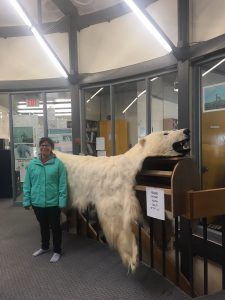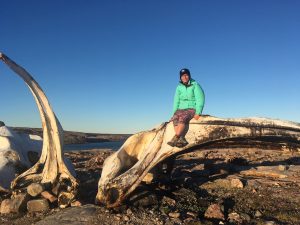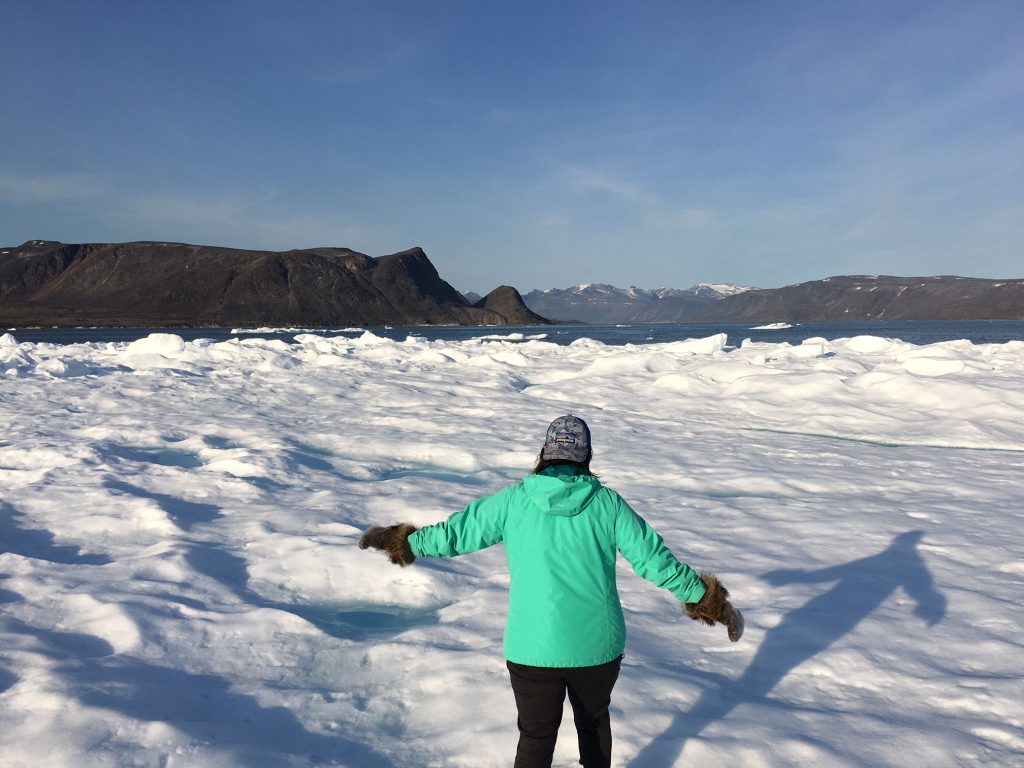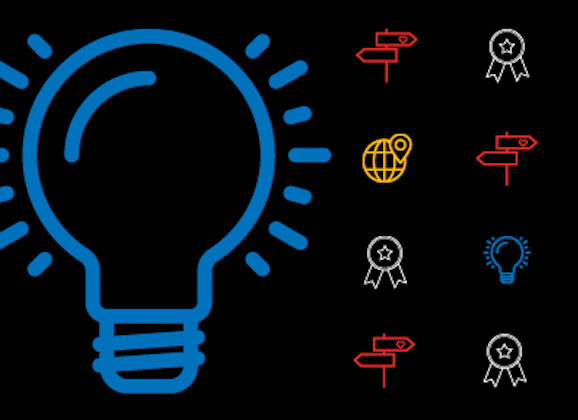How I got invited to represent women in science in Washington DC
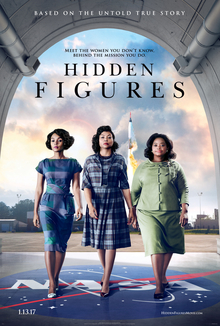 Guest post by Madelynn Slade
Guest post by Madelynn Slade
Michel Cree and Métis
Faculty of Science
Six months ago, I sat in a darkened theatre in downtown Victoria and watched a movie with my mother about the 3 greatest scientists I have ever heard of: Katherine Johnson, Dorothy Vaughan and Mary Jackson.
The film was Hidden Figures, about 3 black women working at NASA in the 1960s. The film showed their struggles as black women in a predominately white male field and delved into the discrimination and segregation the women faced in the era of the civil rights movement.
The film also showcased the incredible contributions by the women in their field and the direct impact they had on the American “space race.” Their story is one of great hope, and I encourage everyone to both see the film and read the book by the same name.
While inspired by the film, I did not think that it would impact my life in any way. Though I do hold pride and gratefulness for their courage and sacrifice that opened so many doors for women of colour after them. However, unbeknownst to me, with Hidden Figures’ success came an outpouring of international support and requests for screenings from around the globe.
This interest inspired the studio that produced the movie to collaborate with the US government to create Hidden No More, a special running of the International Visitors Leadership Program (IVLP). This year, IVLP will bring together women who are leaders in Science, Technology, Engineering and Math (STEM) from 50 countries to discuss attracting, retaining and supporting women in the STEM fields.
I am one of those women.
I was nominated to attend the IVLP after spending the summer living and working in Nunavut teaching science to Inuit youth. It was an incredible experience.
While in Nunavut I got to see a polar bear, explore a few icebergs, experience 12 communities and meet with elders in each, and to top it all off I engaged with Inuit youth with fun and engaging science activities ranging from robotics, engineering, dentistry, mining, nursing and many more. I found that I loved teaching and that working with science curriculum in a teaching format helped me understand the science world just a little bit better.
To say that I am surprised to be nominated is a gross understatement. I am a general sciences undergraduate at UVic and while I love science, I have yet to become a master in my field. I’m just a very passionate person who is dedicated to creating space for Indigenous people in STEM.
In just a few days I will be flying to Washington, DC to meet with some of the top scientists from across the globe to explore NASA, National Geographic, UCLA, Microsoft and more. We will be working as a powerhouse team to learn from one another to make the STEM fields more accessible for women.
This is one of those “once in a lifetime” opportunities that I can’t quite comprehend. This journey somehow began in a dark theatre in Victoria, and will end with me walking the same halls that the women in the film did, serving witness to their power and strength and to the power and strength women in STEM bring and will continue to bring for a long time.
Once I return from the program, I will be sharing the knowledge I have gained with UVic and the community at large. Hopefully, the learning I gain will be useful for us all and will help UVic move into the new chapter of engaging women in STEM. I will be writing another blog post too, so check back for that!

